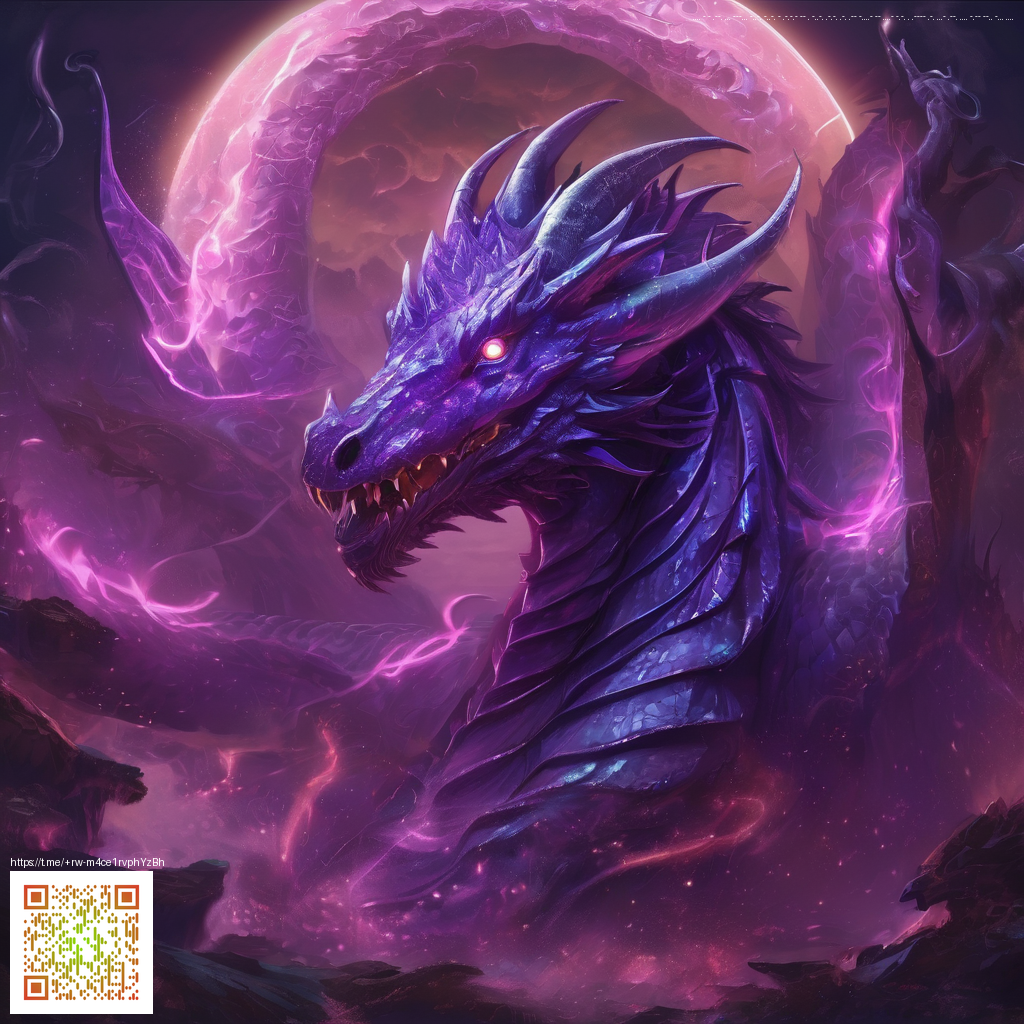
A Deep Dive into Kingdom Hearts III and Its Predecessors
When you step into the latest mainline entry you instantly feel a shift in rhythm compared to the early chapters. This exploration looks at how the action oriented design stacks up against the two landmark predecessors and what that means for players returning to the series as well as newcomers picking up the remastered keys to the Kingdom. Square Enix with director Tetsuya Nomura guided a system that rewards tempo, precision, and creative timing rather than simply stacking inputs. The result is a combat loop that feels modern yet accountable to the franchise roots.
The core philosophy of the middle installment was to refine refinement and widen the action belt. In the newest entry you experience a highly responsive flow that lets you shift attack patterns mid attack through Transformations that morph the Keyblade into different forms. The earlier games favored a heavier command deck and distinct drive mechanics that opened up special moves and defensive options. This generation places emphasis on quick reads, aerial combos, and fluid weaving from one form to another. The payoff is a combat cadence that stays exciting across long sequences, even when you are battling through a marathon of encounters 💠.
Worlds and pacing have also evolved. Where the classics offered expansive, relatively linear arcs with extended exploration and slower world traversal KH III introduces tighter, cinema like set pieces and shorter, highly curated worlds that push you to the action rather than park and wander. Travel between destinations feels instantaneous at times allowing more screen time for boss encounters and dramatic moments. The result is a sharper sense of momentum that keeps the adrenaline up while still delivering moments of quiet character development between battles.
On the surface the progression system shares lineage with the series but it moves in a more streamlined direction. Leveling and unlocks feel more story driven with powerful abilities gating through narrative milestones rather than long grind cycles. This change makes the experience approachable for first time players while preserving enough depth for veterans who want to experiment with different combat styles. Boss design across the board leans into multi phase challenges that reward mastery and timing rather than pure pattern memorization.
Community reaction has highlighted a blend of appreciation and nostalgia. Fans praise the silky motion and the thrill of rapid engagement while some long time players miss the tactile weight of the older command decks and the more varied drive form system. The conversation around difficulty has also evolved with many players welcoming options that tune challenge while preserving accessibility. For those curious about the broader scene, the conversation outside the main series often emphasizes how a modern action RPG can honor its legacy while inviting new ideas about pacing and spectacle.
Updates and post release content have kept the conversation lively. The Re Mind expansion added fresh boss rematches and new story beats that extended the arc beyond the base game. Patches over time fine tuned balance and introduced quality of life improvements that are especially noticeable when revisiting late game encounters. The patch history demonstrates Square Enix's willingness to listen to player feedback and respond with meaningful content rather than only cosmetic changes. This approach reinforces the idea that a modern Kingdom Hearts experience can evolve without erasing what came before.
Modding and community experimentation continue to shape the way players experience the series on PC platforms. While console versions thrive on the core journey the PC community has explored texture tweaks, quality of life improvements, and experimental UI options that let new players tailor the experience. This culture mirrors the broader digital fandom where fans curate and extend beloved experiences long after their first playthrough. The blend of accessibility and customization echoes the franchise ethos that invites players to contribute to the ongoing legend alongside its creators 💡.
In the end the entry that closes a trilogy arc to a degree succeeds through a refined action language that respects the past while leaning into modern arcade sensibilities. It shines when you lean into its tempo and experiment with the different Keyblade transformations and synergy with teammates. For newcomers, the title offers a high energy gateway to the series that gifts a clear through line to the earlier titles while letting you savor the present without feeling like you missed critical backstory. For veterans, there is plenty to admire in how the combat choreography evolved and how the narrative crescendos play into your battles. The balance between accessibility and depth is the ongoing conversation that keeps this section of the series relevant and exciting.
Support the Decentralized Internet